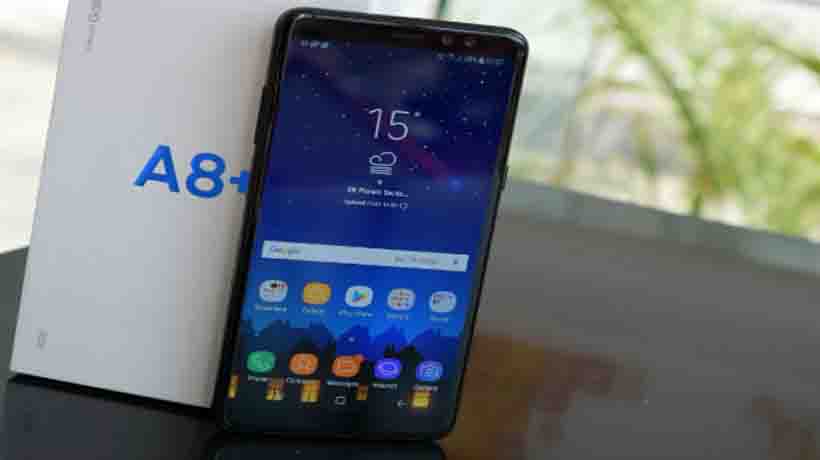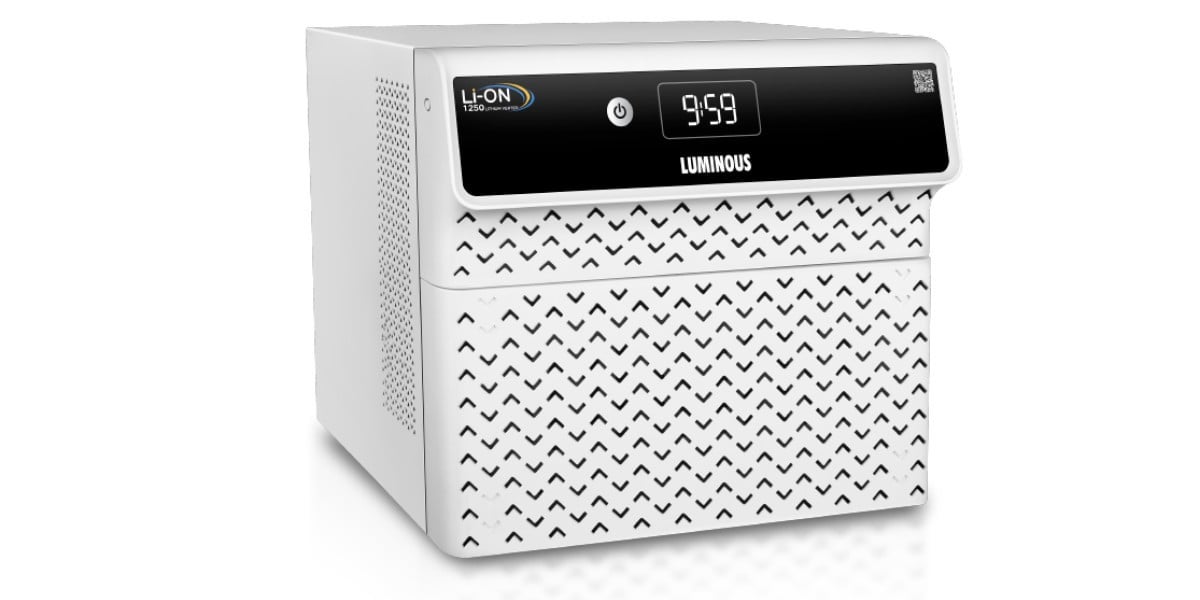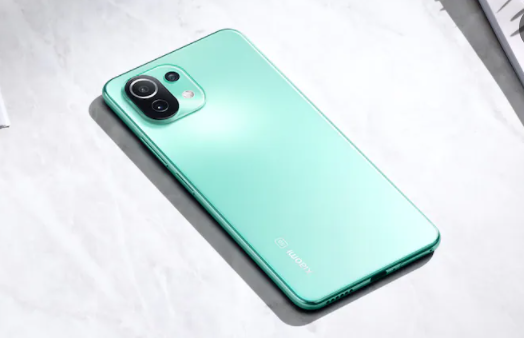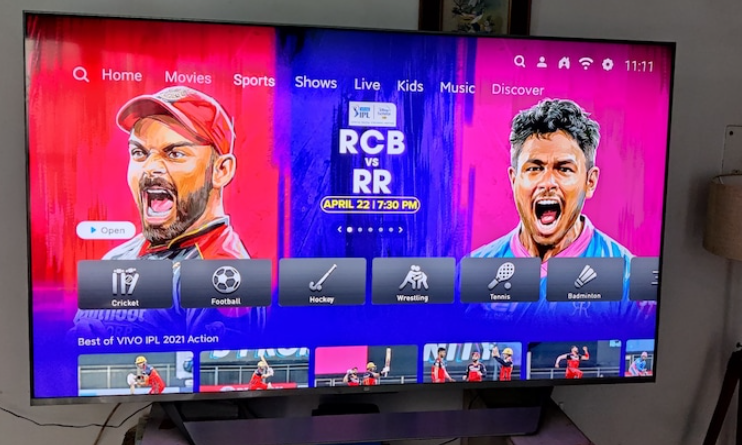Trending Now
- 830 voters names go missing in Kavundampalayam constituency
- If BJP comes to power we shall consider bringing back electoral bonds: Nirmala Sitaraman
- Monitoring at check posts between Kerala and TN intensified as bird flu gets virulent in Kerala
Technology
Samsung Galaxy A8+ review: Bringing infinite possibilities to the masses
![]() January 25, 2018
January 25, 2018
The number 8 is a great Karmic equaliser they say. At least for Samsung it is. Few tech companies can bounce back after what transpired — for the company — in the name of the Galaxy Note 7. Fewer companies can bounce back so quickly. There’s so much to love about the Galaxy S8, the Galaxy S8+ and the Galaxy Note 8, they’ll make you forget everything that transpired in the name of the Galaxy Note 7. The Galaxy Note 7 is long lost and forgotten. The Galaxy S8, the Galaxy S8+ and the Galaxy Note 8 are the future, and with the Galaxy S9, Galaxy S9+ launch on the horizon, things are indeed looking sunny for Samsung.
But the Galaxy S9 and the Galaxy S9+ — and the subsequent Galaxy Note 9 – will happen when they’ll happen. Samsung isn’t done concocting the myriad benefits of the number 8 yet, but can you really blame the company? There’s, at least, one more arrow left in its quiver, before it sets sail for cloud number 9, and it’s called the Galaxy A8+. The Galaxy A8+, just like previous Galaxy A phones, aspires to offer a Galaxy S kind of experience at a not so Galaxy S kind of pricing.
The Galaxy S8 and the Galaxy S8+ (and the Galaxy Note 8) may offer a little something extra for everybody — making each one stand out and worth your money – but, at their core, both these phones share some basic features — features that are, of course, top-tier for basic and mid-level phones. Both these phones come with a near bezel-less display, that Samsung calls Infinity, and offer ridiculously more real estate in a relatively pint-sized form factor. Both these phones come with an all glass and metal body that’s premium to the T. Both these phones come with a micro-SD card slot for storage expansion. Both these phones are water and dust resistant. So on and so forth.
In order to make use of all these features — and more — you’ll have to spend a sum upwards of Rs 50,000 though: which means that all these features are still out of bounds for a sizeable chunk of the audience. That’s where the Galaxy A8+ steps in.
DESIGN AND BUILD QUALITY
The Galaxy A8+ looks a lot like the Galaxy Note 8, only a lot less fragile. Now I am not saying that the Galaxy Note 8 — or the Galaxy S8, Galaxy S8+ for that matter — is fragile but one look at it and you’re bound to go, “Oh, all those curves can be dangerous.” Although the Galaxy Note 8 is a lot less curvy than the Galaxy S8 and the Galaxy S8+ it’s still as curvaceous as they come. It’s asking for trouble. It’s in dire need of some protection. If that wasn’t enough, its fingerprint scanner is the kind of stuff, ergonomic nightmares are made of. Then there’s Bixby and its dedicated button that can’t be remapped.
“The Galaxy A8+ looks a lot like the Galaxy Note 8, only a lot less fragile”
The Galaxy A8+ looks exactly like the Galaxy Note 8, especially from the front. It’s carved out of glass — an unspecified version of Corning Gorilla Glass — and has a mid-frame that’s all-metal, just like the Galaxy Note 8. It’s near bezel-less too, the Galaxy A8+, which means that it’s also a long continuous sheet of glass — on the front — sans any physical buttons. It’s a 6-inch phone but because Samsung has shaved off much of the bezels, the Galaxy A8+ feels smaller in the hands. Also, it offers a screen-to-body ratio of close to 75 per cent. But it does all of this with a hint of sanity.
The Galaxy A8+, to begin with, isn’t as dangerously curvaceous as the Galaxy Note 8. It’s not as bezel-less even. Both these compromises — if you can call them compromises — however entail in a phone that’s better suited to take everyday wear and tear with ease than either of its flagship siblings. It’s IP68-certfied for water and dust resistance, as well, if you’re someone who takes paper specs way too seriously. What I am trying to say here is that the Galaxy A8+ may not be as high-profile as the Galaxy Note 8 but one look at it and you’ll know it’s likely to appeal to a broader audience. It’s a phone designed from ground up for the masses that’ll pick durability over aesthetics. That the Galaxy A8+ offers both in equal measure is just an icing on the cake.
Having said that, the Galaxy A8+, also has a couple of tricks up its sleeve that would make you want to pick it up over a Galaxy Note 8 even if you’re a sucker for gorgeous design. A) The fingerprint scanner in the case of the Galaxy A8+ rests below the camera module making it far more convenient and accessible B) There is no dedicated Bixby button on-board the Galaxy A8+. Wait, there’s more. The Galaxy A8+ has its speaker out on the right edge — and not at the bottom where it’s more likely to affect your gaming/movie experience — and it comes with dedicated slots for two SIM cards and one micro-SD.
Elsewhere, the Galaxy A8+ has its power button on the right while the volume rocker lies on the left. The phone uses USB Type-C port for charging and data syncing and includes a 3.5mm audio jack at the bottom.
DISPLAY
The main USP of the Galaxy A8+, according to Samsung, is its Infinity display. Much like its top-tier phone(s), Samsung’s new mid-tier phone has an unusual 18.5:9 aspect ratio instead of a more traditional 16:9. The idea is to offer more screen in a pint-sized phone and to make every inch of that screen count. The Galaxy A8+, because it’s a mid-tier phone, has a 1080p+ resolution though but then the Nokia 8 and the Honor 8 Pro – around similar price point – offer 2K so that’s that. Still, Samsung is using its proprietary Super AMOLED panel, which metes out rich and vibrant colours – not as pixel-popping as say the OnePlus 5T but more toned down, neutral and pleasing to the eyes – and viewing angles are also quite good. Brightness levels are quite good too.
The Galaxy A8+, although it doesn’t offer the flexibility to change screen resolution to conserve battery life like its high-profile siblings, it gives you as many as four screen modes to correct colour temperature, as well as a blue light filter for comfortable night-time reading. The Galaxy A8+ gets Samsung’s proprietary always-on display as well, so you can get customizable notifications directly on the screen – alongside a widget that shows date and time – without having you to power it up.
SOFTWARE, PERFORMANCE AND BATTERY LIFE
The Galaxy A8+ is powered by a 2.2GHz octa-core Exynos 7885 processor clubbed with Mali-G71 GPU and 6GB of RAM. It comes with 64GB of internal storage which is expandable by up to 256GB via a dedicated micro-SD card slot. The Exynos 7885 is a brand new chipset, but, it’s a little strange that Samsung isn’t publicizing it the way it publicizes its other chipsets. There’s not even a dedicated page for it yet. Even though it has all the bells and whistles, of a good mid-tier chipset. All we know is that it packs in two performance-oriented Cortex-A73 cores and six efficiency-oriented Cortex-A53 cores, as opposed to its predecessor Exynos 7880 — that packed in eight Cortex-A53 cores – powering the Galaxy A7 2017.
The Galaxy A8+, with Exynos 7885 inside, is visibly faster in everyday operations, as compared to last year’s Galaxy A7 2017. It’s smoother too. And it does all of this staying as cool as a cucumber.
A lot of this, of course, also has to do with Samsung’s new and improved software. The Galaxy A8+ runs Android 7.1.1 Nougat-based Experience user interface which is essentially the same software that’s inside Samsung’s Galaxy Note 8, Galaxy S8+ and Galaxy S8 minus the fancy frills. Android Oreo is expected, but when, we do not know for sure.
“It’s a jack of all trades, the Galaxy A8+, and a master of none. For most buyers, that’ll do”
Samsung’s Exynos 7885 processor when coupled with its Experience user interface ensures the Galaxy A8+ has almost no trouble dealing with tasks, both basic as well as hard-grinding. It’s prone to the occasional lag or two, from time to time, but nothing like Samsung’s TouchWiz days. Clearly, Samsung has come a long way, as far as toning down and optimising the software is concerned, but whether or not the Galaxy A8+ is able to hold on to it after a period of say 6 months to a year is yet to be seen.
I really like how it lets me pull the app drawer out by swiping up or down anywhere on the screen, a lot like how it is in the Pixel phones. I really like how it implements split screen multitasking allowing me to resize the windows to just about any ratio and even have pop-up apps on top. I really like Samsung’s Secure Folder which lets me keep my files, memos and apps away from prying eyes. Heck, it even lets me run two instances of the same app simultaneously. Clearly, there’s a lot to love about Samsung’s new user interface. The fact that it works seamlessly on the Galaxy A8+ is more than just an icing on the cake.
The Galaxy A8+, in addition, gives you lots and lots of options for customisation, as well as Samsung’s Bixby virtual assistant minus its voice capabilities. Bixby is still Bixby, which means that it’s pretty much ok, and not something out of the ordinary. You can choose to ignore it, or let it learn and evolve to – hopefully – get better with time.
The single speaker vent on-board the Galaxy A8+ can get loud (and clear) but there’s some digitisation observed at peak volume. Phone calls made with the Galaxy A8+ are of excellent quality though, and I did not encounter any odd call drops (beyond the usual) on my review unit.
Moving on, the 3,500mAh battery inside the Galaxy A8+ is nothing short of fantastic and also supports for fast charging which is always a nice addition to have. Most users with generalised usage will be able to squeeze one full day – sometimes even more – out of the Galaxy A8+. More importantly, you don’t have to worry about carrying a charger along every morning, if you’ve charged it to its full capacity overnight.
CAMERA
While the Galaxy Note 8 was Samsung’s first phone to ship with dual rear cameras, the Galaxy A8+ is the first Samsung phone to ship with dual front cameras. It comes with two cameras on the front, 16-megapixel + 8-megapixel, where the former has a 76-degree field of view while the latter offers a wider 85-degree field of view. Both the lenses have an aperture of f/1.9 which makes them quite useful in low light scenarios. The Galaxy A8+ dual camera system works a little differently from others though.
The dual camera system, by default, shoots 16-megapixel close-up shots. The quality is quite good too, especially in ideal lighting scenarios. The 8-megapixel sensor, meanwhile, jumps into action via a toggle in the camera app, and assists in shooting better – read brighter – low-light selfies. Note that there’s no on record way of knowing the difference – because frankly speaking there’s not much of a difference apart from the fact that these selfies have a warmer undertone when compared with regular selfies — and you’ll have to be totally dependent on your senses to pick out the differences. Much like how it does not publicise its Exynos 7885 processor, Samsung is doing little to let users know the use case of the secondary lens. I took a long time myself, so I am guessing users who don’t like to meddle around with their phones will take longer. Good thing is, they’ll have nothing to worry because the secondary sensor, at best, can be considered vestigial. It’s just there, and serves no real world purpose. At least not in a way that will make a difference.
What really makes a lot of difference though, is Samsung’s Live Focus feature. The feature made its debut with the Galaxy Note 8, and helps assist in shooting fancy portrait shots (selfies), in real time. “With Live Focus, users can adjust the bokeh effect — the aesthetic quality of the blur produced in the out-of-focus parts of an image — to change the depth of field of a shot. Users can control the intensity of the overall blur effect and apply it before taking the image in preview mode, or after capturing the photo in the Gallery app,” is how Samsung describes the feature, and it works just as publicised. The feature, when enabled, allows you to manually control the level of bokeh in a shot, both while taking it and also after you’ve actually taken it.
Live Focus in the Galaxy A8+, much like it is in the Galaxy Note 8, isn’t perfect but because it’s largely dependent on underlying software, Samsung can make it better over time through updates. Hopefully, it would get better, with time.
The dual front camera system, in addition, also brings facial recognition to the Galaxy A8+. It’s not that fast (I am comparing it with the OnePlus 5T here), it doesn’t really work in the dark, and Samsung reminds you it’s not as secure (as a fingerprint scanner) and can be easily fooled with a photo of you, so that’s that.
Now that we’re through discussing the Galaxy A8+’ much-hyped front camera system, let’s quickly jump into its rear camera status, something that Samsung (for some reason) doesn’t talk about much. It should, because, the 16-megapixel rear camera on-board the Galaxy A8+ has a lot going for itself, both in terms of specs and real-world usage. This lens has an aperture of f/1.7 which again makes it quite useful in low light scenarios. Also, it assists in some ridiculously good macros/close-up shots accompanied by shallow depth of field or bokeh: in all kinds of lighting scenarios. The rear sensor further comes with phase detection autofocus, LED flash and video digital image stabilisation (VDis) tech. Sadly videos are capped at 1080p.
The Galaxy A8+ really excels in portrait photography especially when you compare it with rival phones in and around its price category. It can hold on to colours quite well, and dynamic range – which is the distinction of light and dark areas – is mostly spot-on in the photos that I’ve clicked with it. The phone’s auto HDR also has a lot to do with it. The same is mostly true about wider shots as well and Samsung’s penchant for over sharpening the highlights means photos that pop, even more so on the phone’s AMOLED screen. Low light photos tend to have noise – with loss of detail – but then that’s understandable for a phone in this price range. If I was to put a number to it, I’d say, OnePlus has a lot to worry about in the days to come. Also, the Galaxy A8+ can give the Honor 8 Pro, quite a run for its money, in this regard.
SHOULD YOU BUY IT?
The Samsung Galaxy A8+ isn’t the fastest phone in its price range. That will be the OnePlus 5T. It isn’t the best camera phone in its price range. That will be the Honor 8 Pro. It isn’t the best-looking phone in its price range either. That will be the Xiaomi Mi Mix 2. But while the OnePlus 5T, the Honor 8 Pro and the Xiaomi Mi Mix 2 take pride in besting one trait (or two) the Samsung Galaxy A8+ offers all of these traits in some or the other measure. It’s a jack of all trades, the Galaxy A8+, and a master of none. For most buyers, that’ll do. This is because most buyers – especially in the mid-tier segment – will prefer a phone that offers an all-round package rather than being the best at say x, y or z.
At the same time, the Samsung Galaxy A8+ brings in some useful value added features like IP68 water and dust resistance, dedicated slot for micro-SD expansion, always-on display, and Bixby AI, to the mid-tier segment.
The Samsung Galaxy A8+, if I were to sum it up, brings infinite possibilities to the masses. At Rs 32,990, the Samsung Galaxy A8+ crams in all the bells and whistles you’d expect from a phone at its price point. At the same time, it adds features, that were well until now limited to Samsung’s cream of the crop devices. Samsung’s Galaxy A line-up has always been about making the Galaxy S line-up more accessible to a wider audience. With the Galaxy A8+ Samsung has kind of blurred the line between flagship and mid-level some more.
























